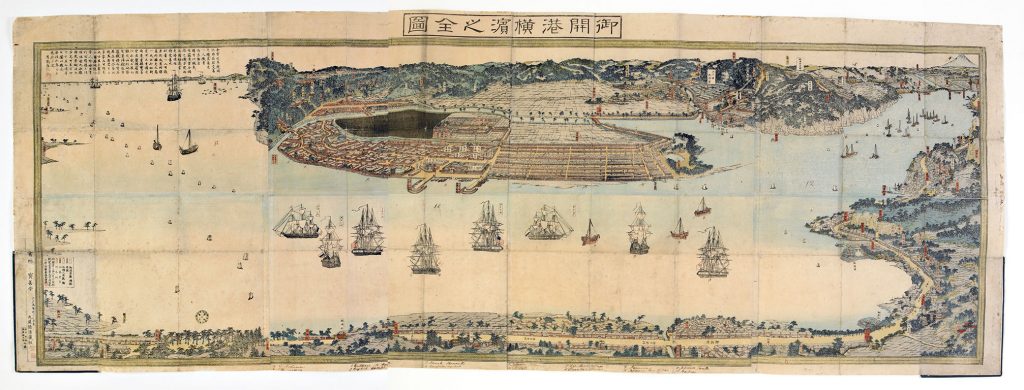
I have been struck recently by a number of remarkable historical connections between Japan and West Cork (and even Bantry in particular). Of course, O’Neill visited Yokohama in his early days as a sailor (circa 1866). He was very impressed by Japan and the lacquerware produced there. Never a fan of alcohol, he seems to have been negatively affected by sake during his visit.
In no particular order, here are some striking connections between Japan and West Cork. They were inspired by a post on the YayCork site:
- Also in the nineteenth century, twin brothers from Carrigaline, John and Corneilus Collins found themselves in Japan, working as naval instructors, at the age of 23. Over several years (1873-1879), they helped to transform and modernise the Japanese navy. In recognition of their efforts, they were personally presented with the Order of the Rising Sun by Emperor Hito. This blog has some pictures of a commemorative plaque erected in Carrigaline. The story goes that late in their lives, a Japanese imperial navy warship pulled into a nearby harbour to visit with the celebrated twin brothers.
- Dr. Aidan MacCarthy, originally from Castletownbere, lived a remarkable life. A pilot and doctor during WWII, he survived Dunkirk, internment in Java and finally the bombing of Nagasaki, where he was given a Samurai sword from the camp commander. I recommend the documentary film of his life called A Doctor’s Sword.
- Another Corkman, John William Fenton, gave Japan it’s first brass band. Born in Kinsale, he travelled to Japan in 1868 as a British army bandmaster and trained a military band at Yokohama. He also wrote the original melody for Kimigayo, which became Japan’s national anthem.
- Let’s not forget the many artists and writers who make West Cork their home nowadays. Some of them, such as David Mitchell, also have strong connections with Japan.
- And finally, the first Japanese person to die in Ireland was buried in Cork. In March 1927, Asagiro Sugetsugu, was killed in an accident on board the steamship Kinkasau Maru and was interred in Cork.
The Boys From The East (from the O’Neill collection) is more commonly called The Oriental Hornpipe. I was unable to find a decent recording of it. Here instead is another East meets West: The Chieftains in China.